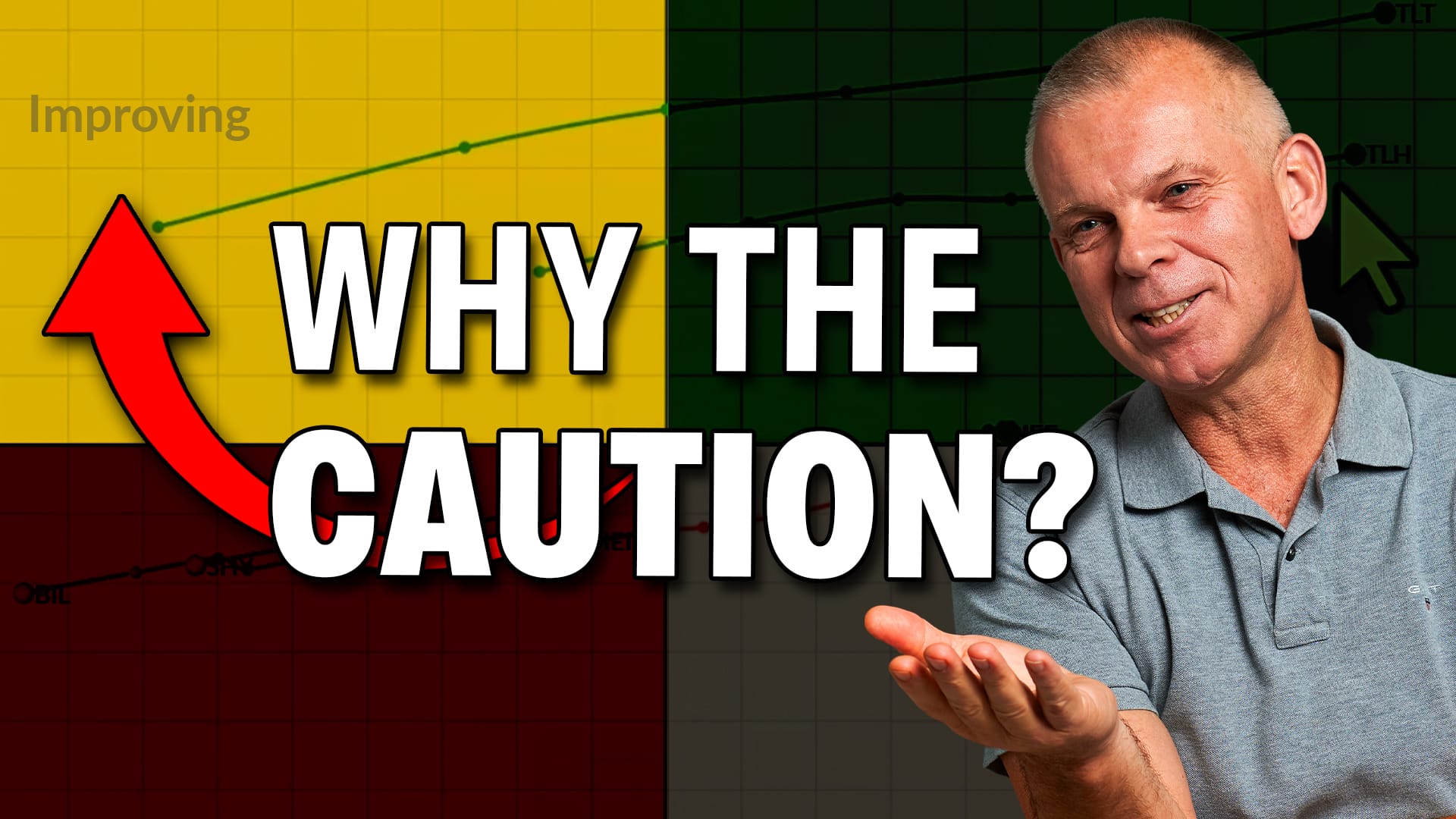SMALL CAPS HAVE BEEN WEAKER THAN LARGE CAPS THIS YEAR -- A WEAKER DOLLAR MAY BE A REASON -- FALLING RATES ARE MORE LIKELY -- FINANCIALS ARE BIGGEST SMALL CAP SECTOR -- PREFERENCE FOR LARGE DIVIDEND-PAYING STOCKS MAY ALSO BE HURTING SMALL CAPS
SMALL CAPS CONTINUE TO UNDERPERFORM...Small cap stocks have been lagging behind larger stocks for most of this year. And in a big way. The black bars in Chart 1 show the Russell 2000 Small Cap Index (RUT) lagging behind the S&P 500 Large Cap Index (gray area) which hit a new record just last week. The RUT remains well below its fourth quarter high. And has lost more ground since its peak in early May. The falling red line shows the RUT/SPX relative strength ratio falling to the lowest level in more than a year. A number of reasons have been given for their weaker performance. Smaller stocks are less influenced by trade-related problems that might effect larger multinational stocks, but are also more effected by fears of a slowing U.S. economy. One explanation for their recent drop could be a downturn in the U.S. dollar. A weaker dollar usually favors large multinational stocks whose exports are more attractive when the dollar weakens. That, however, doesn't explain small cap weakness over the past year.
The green bars in Chart 2 compare the U.S. Dollar Index (USD) to a ratio of small caps divided by large caps since the start of 2018 (red line). The chart shows the dollar rising through most of that time before reaching a two-year high this May. The falling red line, however, shows small caps underperforming large caps during most of that time while the dollar was rising. The USD only started dropping over the last month, and has fallen below its 200-day moving average (red circle) by the widest margin in a year. That may explain recent small cap weakness; but not their relative weakness over the previous year. Something else must be in play.


FALLING BOND YIELDS COULD BE WEIGHING ON SMALL CAPS...Intermarket work requires taking a lot of market factors into consideration. If one thing doesn't work, we have to look elsewhere. Falling bond yields may be a better explanation for small cap weakness. Let's look at a chart first and then offer some possible explanations. The green weekly bars in Chart 3 compare the 10-Year Treasury yield to a ratio of small caps divided by large caps (red line) over the past five years. The correlation isn't perfect. But the chart does show them generally trending in the same direction. The chart shows rising bond yields from mid-2016 to mid-2018 coinciding with small cap strength most of that time. Falling bond yields during the second half of 2015, most of 2017, and the period since last October have generally coincided with weaker small cap performance (falling red ratio). Why would that be? A couple of possible reasons. One is that the direction of bond yields tells us something about the condition of the U.S. economy. And small caps are very sensitive to that. Here's a more compelling reason. Financial stocks are the largest sector in the Russell 2000 (17%). And, as you know, financials are extremely sensitive to the direction of bond yields.
Chart 4 compares two ratios. The red ratio is the small cap/ large ratio. The green ratio compares the Financials SPDR (XLF) to the S&P 500 over the past two years. The two lines have generally trended in the same direction since the spring of 2018. Notice also that downturns in the XLF/SPX ratio (green arrows) have often preceded downturns in the red ratio (red arrows). More recently, small cap weakness starting in early May preceded the latest downturn in the green line. There may also be an explanation for that.


LARGE CAP STOCKS HAVE HIGHER DIVIDENDS...Renewed trade tensions at the start of May weakened stocks before recovering during June. Since the late April peak, however, the top four market sectors have been defensive in nature. They include real estate, healthcare, utilities, and staples. All four were beneficiaries of falling bond yields as investors rotated into dividend-paying stocks in a search for yield. At the same time, financials were the second weakest sector (next to energy). During that period, the Russell 2000 underperformed the S&P 500 by nearly 4%. Financials were the biggest part of the RUT. And the biggest drag.
That same dynamic may help explain investor preference for larger stocks which pay higher dividends. The Dow and S&P 500 have dividend yields around 2.1% and 2.0% respectively. The Russell 2000 Index has a much smaller dividend yield of 1.4%. That makes it less attractive when bond yields are dropping. Recent money flows into defensive market sectors may also reflect investor preference for larger (and safer) blue chip stocks. And less interest in riskier small-cap stocks.
Falling interest rates (and a weaker dollar) also explain the recent surge into gold. Renewed interest in gold usually happens when investors are looking for alternatives to stocks and bonds (as well as global currencies). Which suggests that they may be losing confidence in the global economy. And reducing exposure to riskier smaller stocks; while prospecting in safer havens like gold. Chart 5 shows a ratio of gold divided by the Russell 2000 having the strongest upturn in three years.









